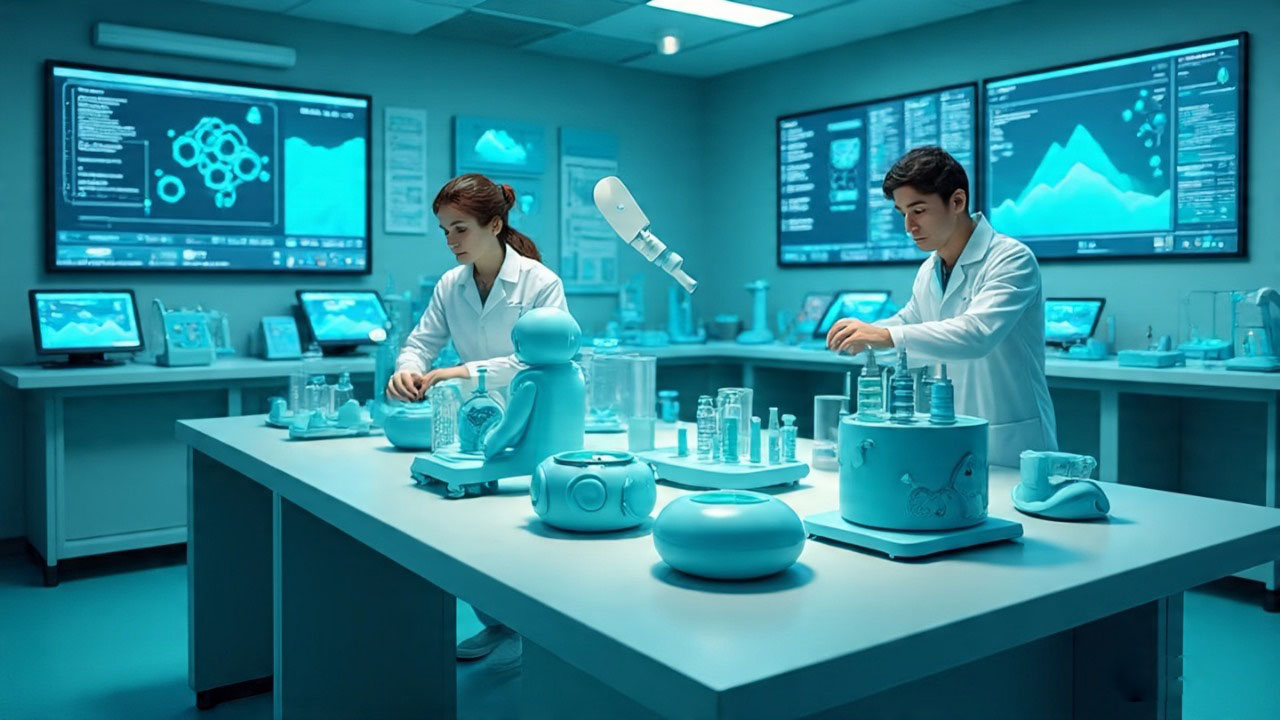TOY Registrations
Many countries and regions have implemented strict safety standards for toy products. We offer compliance services for a wide range of toy safety standards including EU, US, Germany, Canada, Japan, and corporate standards of several leading firms.
Global Regulations for Babies up to 12 months / Toddlers / Preschoolers / School Agers
| Country/Region | Testing Criteria |
|---|---|
| EU | EN 71, REACH Annex XVII, EN 62115, EN 60825, EN 62233, Regulation (EU) 10/2011, Regulation (EU) 321/2011 |
| USA | CPSC, 16 CFR 1500, ASTM F963, California Prop. 65, Washington CHCC, ASTM F2923, FDA |
| Germany | DIN EN 71, DIN EN 62115 |
| Canada | CCPSA, Toys Regulations (SOR/2011-17) |
| Japan | ST standard Parts 1–3, Food Sanitation Law |
We provide compliance services for toy industry products including plush toys, digital toys, electronic toys, ride-on toys, plastic toys, woodwork toys, intelligence toys, imitated toys, collectibles, stationery, headgear, and jewelry.
Toxic Element Restrictions for Toys
A. Soluble Heavy Metals
Heavy metals in raw materials of toys, children’s jewelry, and gifts pose severe health risks. Safety standards restrict and control these metals.
B. Phthalates
Phthalates are plasticizers used in toys and other products. They are restricted due to health risks for children.
C. Bisphenol A (BPA)
BPA is used in plastics and resins. Many countries have banned BPA in consumer or baby products.
D. PAHs
Polycyclic aromatic hydrocarbons are carcinogenic and mutagenic compounds formed during incomplete burning processes.
Other Relevant Toy Tests
RoHS – Restriction of Hazardous Substances (for electrical and electronic toys)
Toys Global Registration
Safety is paramount for toys, with standards based on age groups: Babies, Toddlers, Ages 2–5, Ages 6–10.
United States
- CPSC – Consumer Product Safety Act
- Title 16 CFR 1500, 1610, 1303, 1307, 1505
- ASTM F963
- FCC Title 47 Part 15
- California Prop. 65 / Washington CHCC
- FDA
Europe
- EN 71 – Safety of toys
- REACH Annex XVII
- EN 62115 – Electric toys
- EN 60825 – Laser products
- EN 62233
- Regulation (EU) 10/2011, 321/2011
- Directive 2011/65/EU, 2009/48/EC
Canada
- CCPSA – Canada Consumer Product Safety Act
- Toys Regulations (SOR/2011-17)
- Lead Contact Regulations (SOR/2010-273)
- Asbestos Products Regulations (SOR/2016-164)
- Textile Flammability Regulations (SOR/2016-194)
- Surface Coating Materials Regulations (SOR/2016-193)
- Phthalates Regulations (SOR/2016-188)
- California Prop. 65 / Washington CHCC
- FDA


